“There are moments in life that pierce through your routine interactions with people, that would make you realize your rehearsed set of words no longer fit, and that your curated version of self no longer feels truthful. These moments feel like little tunnels that allow us to glimpse into the truths of everyone we encounter.”
“I was born and raised in Sofia, Bulgaria in a neighborhood outside of the center of the city. Basically I got to roam around unsupervised and climb lots of trees. When I was a teenager I remember watching Dreams by Kurosawa and thinking, that film could be a way to see the world.”
“When I was about 9 years old, my dad got an analog camcorder for home videos. Once I opened the monitor and hit the zoom button, I was hooked. A little while after that I started making little films with my neighbors and friends. Skateboarding, sledding down stair sets, public pranks and little stop-motion animations.”
“Also at the time, I was having a recurring nightmare that is very similar to the main dinner scene in the film. I wasn’t yet out as non-binary or trans, and while I didn’t realize it until later, I needed the film to test out (under the guise of artmaking) how it might feel to be witnessed as my authentic self.”
“Somehow, putting the two guys up front in chef's outfits did the trick for me. I think chefs are pretty funny and I like those stupid tall hats that they wear when they're making waffles in a buffet. I had bought even taller hats than the one in the film but they would've hit the ceiling in the van so I couldn't use them.”
“I grew up in NYC - specifically in Staten Island, in a community right by the beach. It was really fascinating for me to be able to walk down miles of shoreline and find the cool animals, interesting artifacts and strange characters that always seemed to wash up somewhere.”
“I filmed and edited skate videos while growing up - eventually the filming/editing became more fun than the skateboarding…I wanted to make a fun-to-watch story about the silliest object I could think of, which was a Loud Mouth Billy Bass.”
“I knew I wanted to make a film about what can’t be said on a first date. How there’s no going back when you cross that line. I also wanted to use a frame story, just for the fun of bouncing back and forth between two parallel timelines and seeing the ways they do or don’t add up. It was just about having enough disconnect there to make it interesting.”
“So I began thinking about Maslow's hierarchy of needs, and how as we try to work our way further up the pyramid towards real connection and growth, we're often dragged back down to take care of more simple comforts like shelter, security, and orgasms.”
“I brought my grandfather’s old 8mm camera with me on a trip to Montreal. One of the first things I noticed was this pile of huge rocks dumped in a neighbourhood parking lot next to a bus depot. It was a wild place. I was mystified by these hunks of raw earth, a geological interruption of the urban landscape. I knew I wanted to make a film there.”
“The biggest challenge in making this film was maintaining focus during the chaos of 2020. I and many people I know questioned the importance of creative careers when the world was facing overwhelming crises. Yet working on "Bliss" was a wonderful distraction for me, and I zeroed in on the notion that all things - whether a photograph's cultural significance or a pandemic - will end eventually.”
“We had done mushrooms together and I started doing this character that was an old woman who suddenly becomes very hot. We needed to make a video for a friends comedy show and this mushroom induced character became the jumping off point for our other characters.”
“I knew I wanted to make a film that said a lot and a little at the same time. My main objective was for it to capture what I was feeling. It was a difficult film to write - depression is something I had a hard time talking about a few years ago. I was hurting and didn’t know how to communicate that to anyone. NOVEMBER stems from that.”
“I was inspired by the aimlessness I felt living at home after graduating college, where I felt caught between childhood and adulthood, wanting both support and independence. I also wanted to examine the absurdity and intensity of codependent parent-child relationships.”
“We wanted to explore living with grief and depression not as a plot or story, but as lived experience in the present. We built a cinematic language around the space of suffering that, at a fundamental level, often lacks concepts and words—yet these are the only tools we have to share our experiences. How does that split the soul? Where does one find solace amongst pain?”
“I find these apps fascinating and the potential effects they have on one finding a romantic relationship. I didn't want to make a film bashing dating apps because I don't feel that way towards them. I wanted to make a coming-of-age story revolving around intimacy and sexuality and see how a dating app could fit within that framework.”
“Slowly I started to get more comfortable behind the camera and transitioned into directing music videos and fashion films. They were a great tool in figuring out my visual language and what I could do within film that I couldn’t do in theater. I still love theater very much. Someday I’ll be an old gay man who runs a theater company and directs Who’s Afraid of Virginia Woolf? every summer.”
“After I brought my friends together for a game of “let’s make a movie” at the baseball fields in Prospect Park I found it very difficult to make sense of the footage we got. It took me a long time and a lot of edits to find the rhythm of the movie that I wanted.”
“I had to cancel a dentist appointment and I felt this intense anxiety right before calling. I really liked the idea of using that tension as the main conflict in a movie. And then I spent a lot of time going down youtube rabbit holes this year. One of the rabbit holes I went down was about pyramid schemes.”
“What first got me interested in filmmaking was likely just being obsessed with Wayne’s World and Mike Myers as a kid, because he was this goofy Canadian dude who made it out and was getting to write and star in these big movies. That and probably watching that Paul Giamatti/Frankie Muniz movie Big Fat Liar over and over when I was 8.”
“The project began as an experiment with my best friend and partner in crime, Sara Parker Faxon. We wanted to explore the dynamic between two people confronting each other about something and talking through it - something both of us struggled with. Kind of like a therapy appointment sans therapist.”
“I’m a Korean American filmmaker from New York and Atlanta. I’ve always been interested in and obsessed with movies since I was a child. I ended up attending NYU Tisch for undergrad, where I first started filmmaking. Then I spent time freelance directing and assistant directing in South Korea before enrolling in grad school for film at Columbia.”
“My mom is an actress and I remember once she was depressed about not getting a part. I was six years old and vowed to become a filmmaker so I could put her in movies which would win her an Oscar. I really wanted her to win.”
“I wanted to make a short about COVID that didn't mention COVID -- something about lockdown, since it was such a unique and mind-bending experience. But I also, just personally, dislike seeing any kind of media about COVID right now. I don't need more reality, I want escapism and surreality.”
“We were in the heat and heart of lockdown and I had had a short cancel two days before the city shut down. I was feeling really itchy to exercise some creative muscles and since I couldn’t get on set I decided to do something from my house. I thought it would be fun if I made something like that viral video of the woman peeing while on a Zoom call, an unfortunate side effect of our new lives.”
“I wanted to play with the idea of using noir styling for the moments when Hannah Alline's character was hoping to look cool or sensual, and then juxtapose those with the awkwardness of real life. Every teenager wants to look cool, and then struggles with how they actually appear in the world; that feeling seems even more amplified by an Amish upbringing.”
“It was based on of those days you’d look back on and remember as one of the worst days of your life. I was in Upstate New York moving my life out of college and into an apartment for the summer. Having moved alone a dozen times and lived in too many temporary situations, I had this itch to figure out a way incorporate this nomadic period of time into a story.”
“We had been having several conversations about the murder of George Floyd in the U.S. and how this reignited the debate on racism in Dutch society. We felt a strong urge to create a short film about this, in which we would recreate some of our own conversations we had with our friends and colleagues.”
“I was born in Santa Monica, CA, the only child to two Iranian immigrants, who armed me with watercolor paints and crayons. As soon as I learned to read and write, I was creating little stories with illustrations. In the second grade, I decided that I would grow up to be an artist.”
“I'm Puerto Rican/Cuban currently based in NYC. I was first introduced to filmmaking in high school when watching films that, for me, really broke the mold of how movies were "supposed to be", mostly from watching films by Malick, Tarkovsky, and Godfrey Reggio.”
An intimate documentary portrait by Artemis Shaw, “Safari Video” captures a mother and a daughter squabbling over the length of a home video edited together from footage of wild animals in Tanzania. We asked Shaw how the project began, what the biggest challenge was, and a recent film she’s loved…
The beautiful and unsettling coming-of-age film, “Farewell Winona,” follows a young girl on her last day before entering high school. We asked director Daiva Žalnieriunas how the project started, what the biggest challenge was, and a recent film she’s loved…
“The Inconceivable Mountain” is a black and white silent film, both homage and satire, following a musicologist and her dog climbing a mountain in search of a mysterious song. We asked director Daniel Witken where the idea came from, what the biggest challenge was, and a recent film he’s loved…
“Relations,” by Hallie Cooper-Novack, takes a complicated look at an sexual incident that occured between cousins 15 years ago. We asked Cooper-Novack how the project began, how she tackled the tricky subject matter, and what comes next for her…
The uproarious romance noir, “It’s Been Too Long,” is the story of two ex-lovers who meet at a lodge to reignite their passions. We asked director Amber Schaefer about the origins of the project, adapting a sketch into a film, and the importance of horniness…
The brilliant cringe-comedy by director Alex Kavutskiy, “Squirrel,” concerns the aftermath of an unfortunate incident where two L.A. strangers are forced to reconcile with a new reality and one another. We asked Kavutskiy where the idea came from, his writing process, and going too far…
The disturbing but urgent new drama, “Things That Happen,” by director Bobby McCoy, tracks the lives of three depressed California artists through fantasy worlds of fame and influence. We asked McCoy how the project began, the pitch black tone of the film, and making long short films…
The gloriously ludicrous comedy, “The Brothers Sims,” tracks two estranged brothers as they come to terms with their father’s death (creator of “The Sims”), and one another. We asked co-writers and stars, Zach Dunn and Jon Millstein, and director Corey Sherman, how the project began, how they achieve such perfectly corny characterizations, and what’s next for them…
The playfully sexy “Medusa,” by director India Donaldson, finds a young woman lusting after a marble statue while struggling with her human relationship. We asked Donaldson about her inspiration, working with her cast, and the line between reality and fantasy…
“Here Goes Nothing,” a self portrait video diary by Marcelle O’Brien, is a fascinating mix of moods and personality, concerning the difficult subjects of depression and abuse. We asked O’Brien how it came together, balancing emotional vulnerability with humor, and what comes next for her…
In her self-portrait short film, “The Person I Am When No One is Looking,” director Kailee McGee looks to find a separation between her online persona and the real her. We asked McGee about the origins of the project, her history and relationship with social media, and what comes next for her…
“Unwholly Moments,” by director Andy Rayner, is an unflinching character study about an aspiring actor experiencing a lack of meaningful human connection. We asked Raynor about the projects’s origin, structuring the film without a central narrative, and how he approached its sex scenes…
The brilliant and strangely disturbing, “Allen Anders - Live at the Comedy Castle (circa 1987),” presents the on-stage meltdown (or quality performance, if you prefer) of a “professional” comedian. We asked the film’s director, Laura Moss, and its writer and star, Tony Grayson…
The brutally incisive, “Molly’s Single,“ by director Ariel Gardner, follows its protagonist through a painful break-up and a series of bad dates aimed at moving on. We asked Gardner how it began, how he sees the behavior of his characters, and why he shot with an old miniDV camera…
All Interviews (by month)
To access the content on this site, you must be a NoBudge member. Become one for $1/month here.


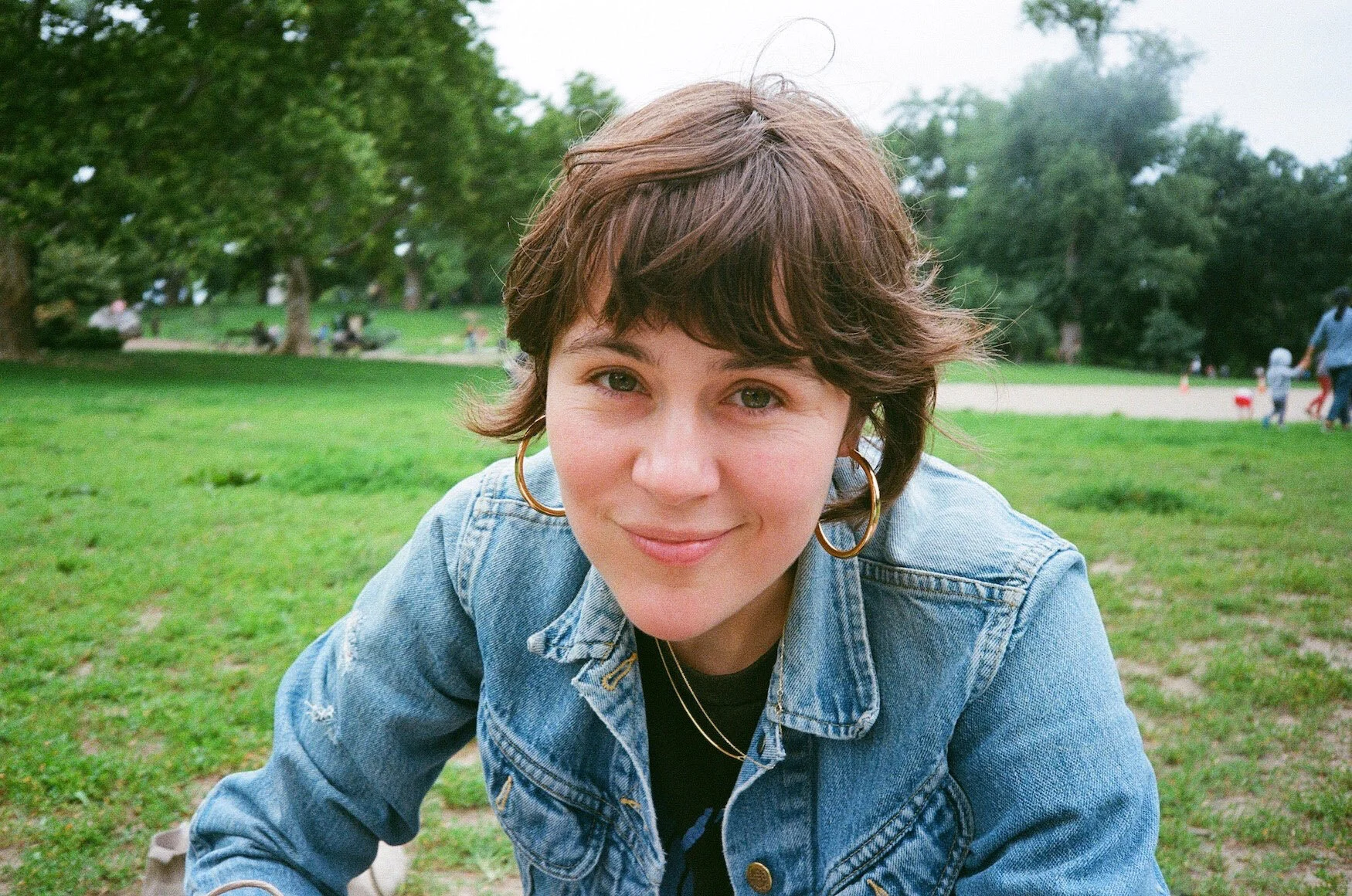



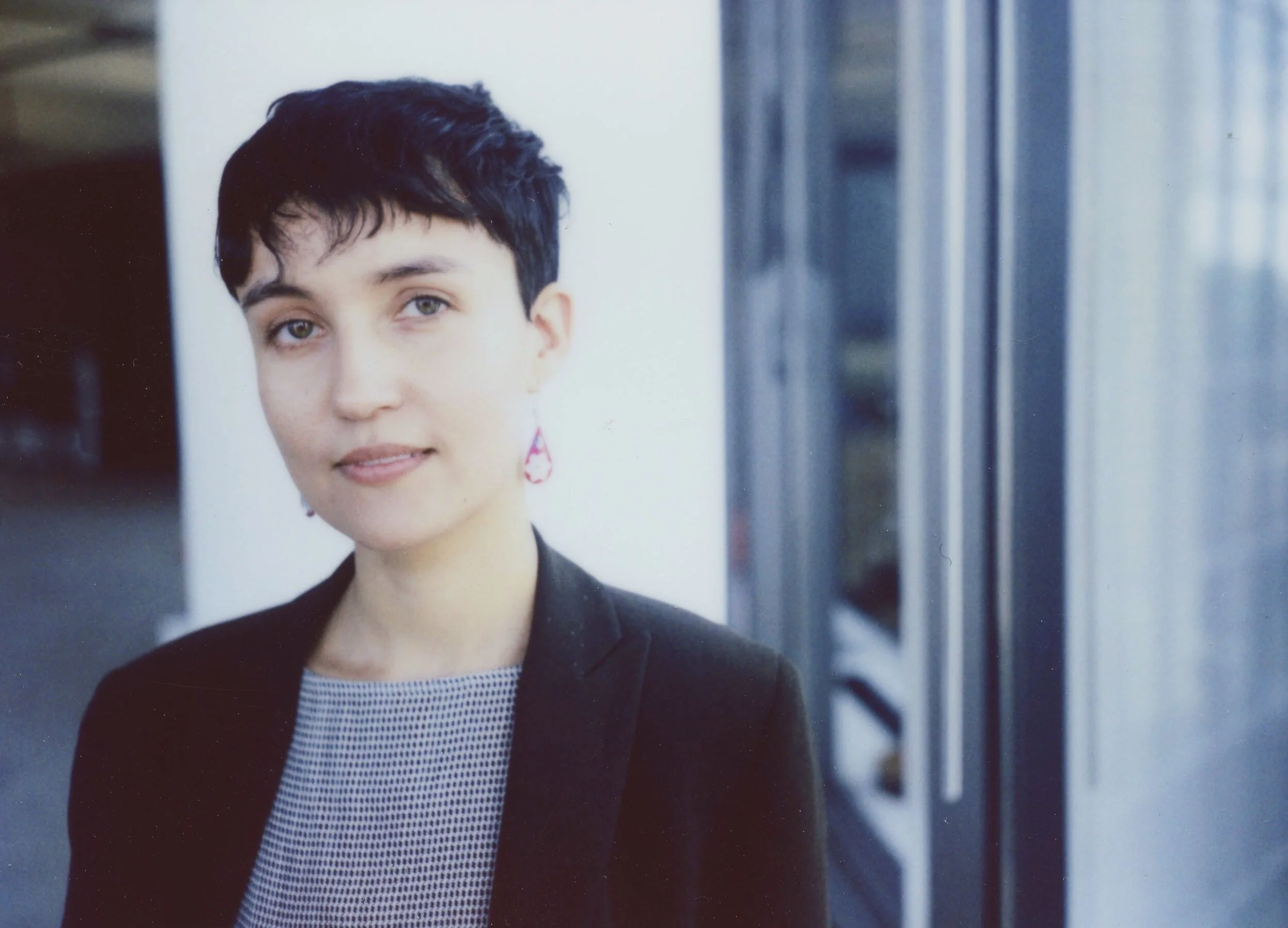

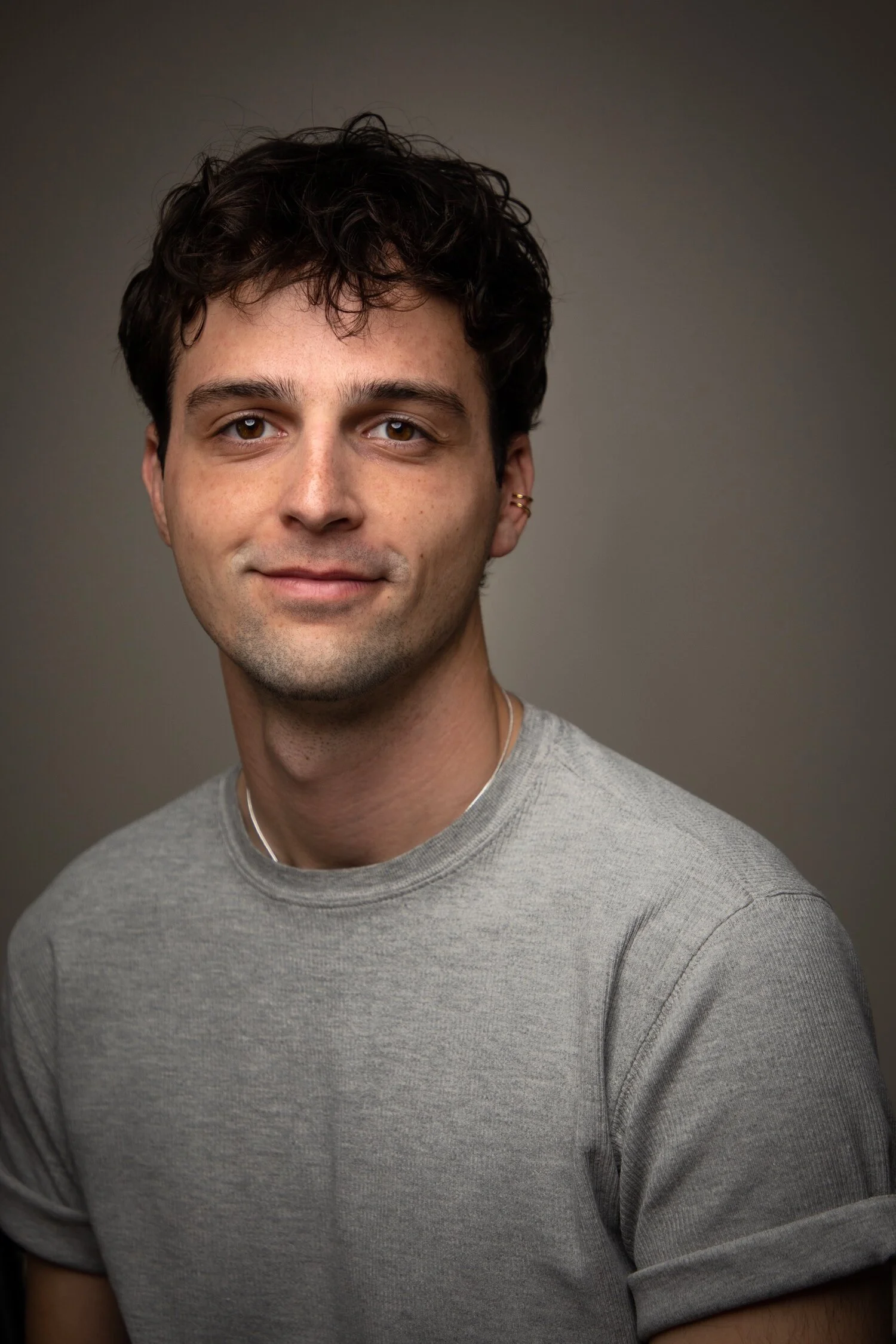














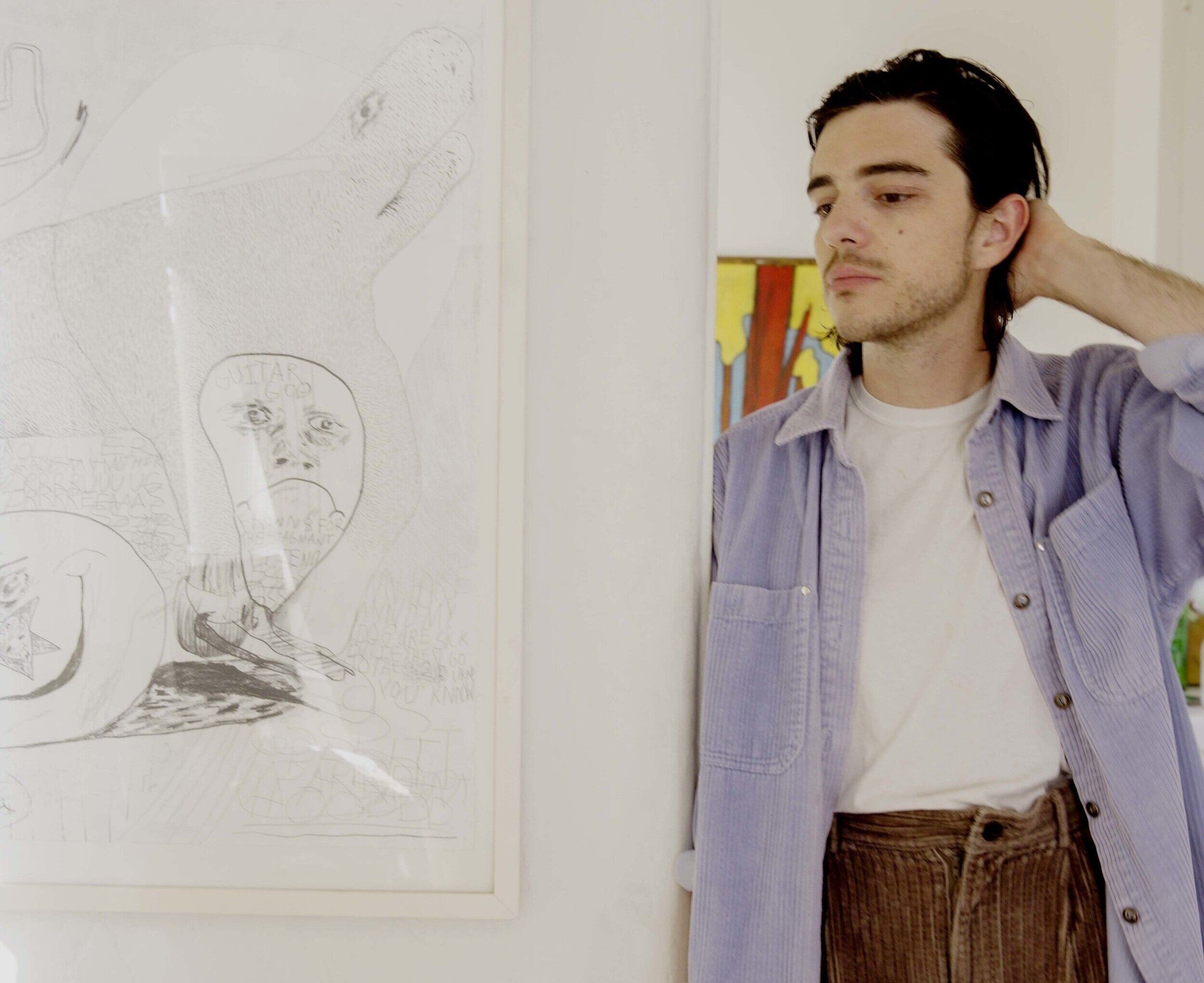



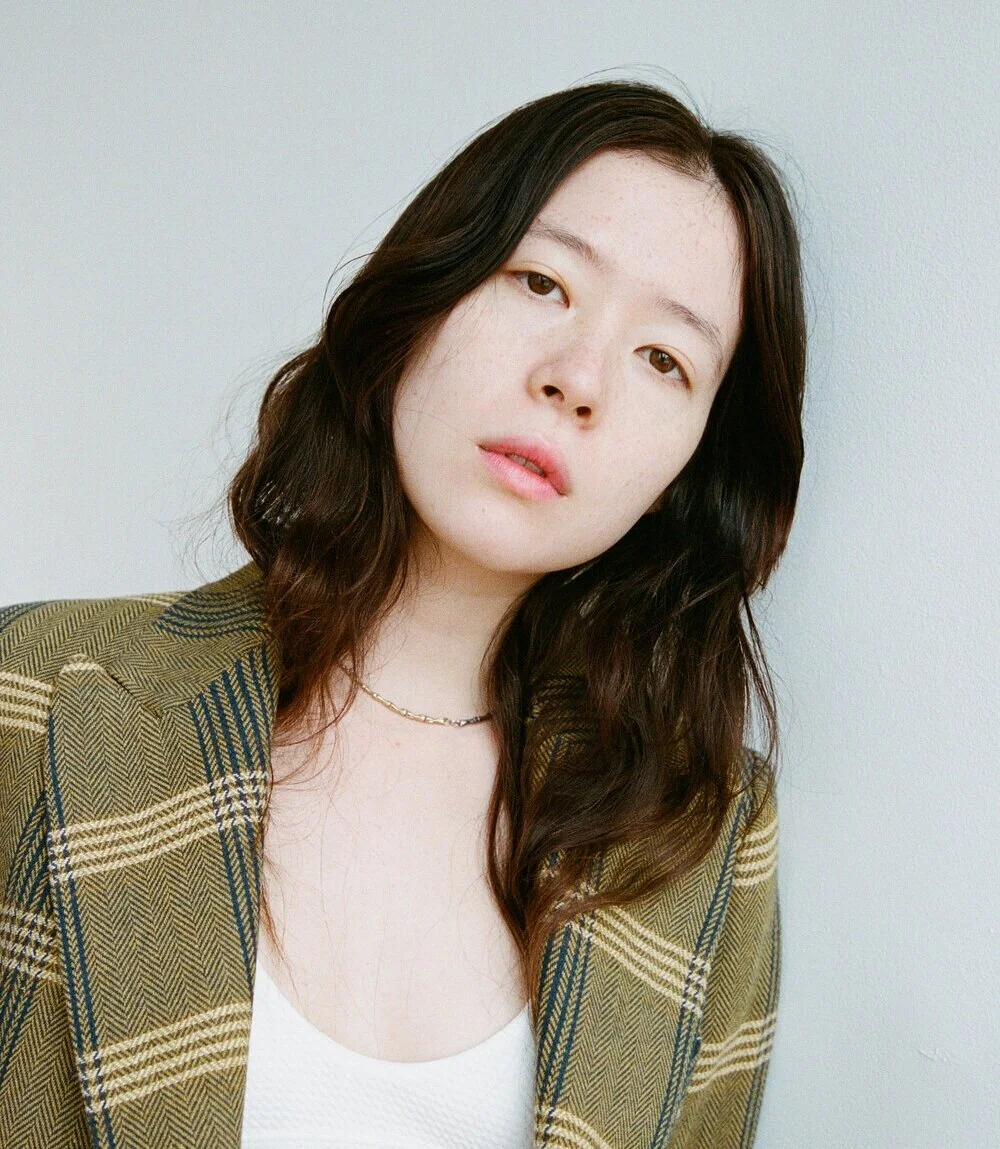











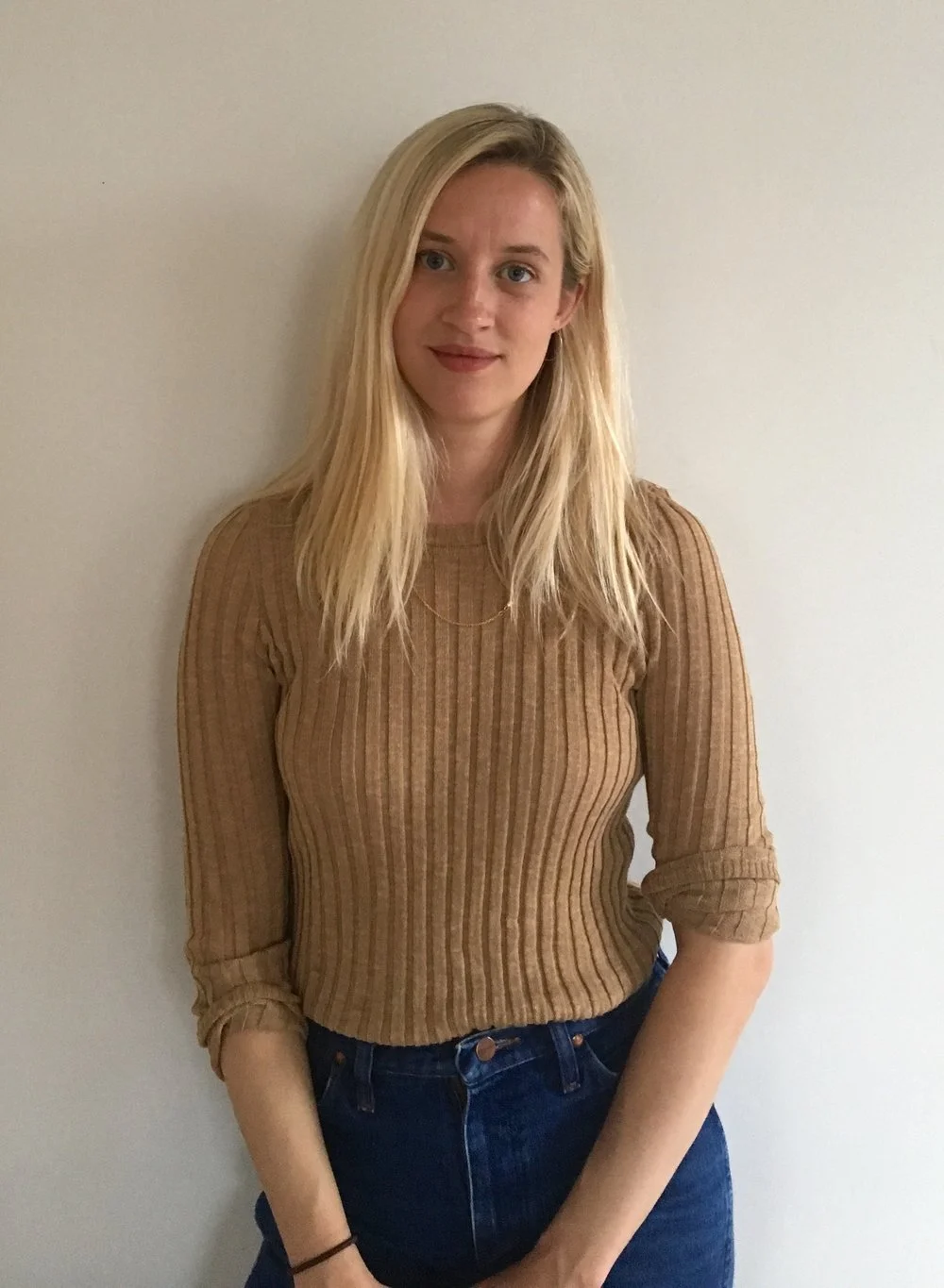





“On my bus rides I’d imagine falling over and over again in the snow, so I wrote a poem. I eventually decided to film what I’d written but, by the time I filmed there was no snow, only walls. So this is what became of it.”